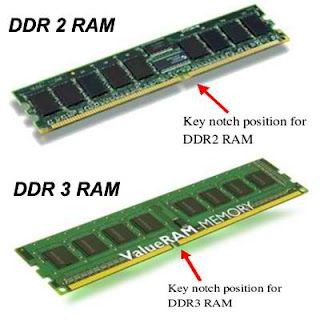USB 3.0 (following Wireless USB) is the next major revision of the ubiquitous Universal Serial Bus, created in 1996 by a consortium of companies led by Intel to dramatically simplify the connection between PC and peripherals. Fast forwarding to 2012, USB 2.0 has been firmly entrenched as the de-facto interface standard in the PC world for a decade, and yet still the need for more speed by ever greater bandwidth demands again drive us to where a couple of hundred megabits per second is just not fast enough.
In 2007, Intel demonstrated SuperSpeed USB at the Intel Developer Forum. Version 1.0 of the USB 3.0 (confusing, isn't it?) specification was completed on November 17, 2008. As such, the USB Implementers Forum has taken over managing the specifications and publishes the relevant technical documents necessary to allow developers and hardware manufacturers to begin to develop products around the USB 3.0 protocol. This FAQ attempts to answer the most common questions we receive from readers like you regarding the next gen. interface.
In 2007, Intel demonstrated SuperSpeed USB at the Intel Developer Forum. Version 1.0 of the USB 3.0 (confusing, isn't it?) specification was completed on November 17, 2008. As such, the USB Implementers Forum has taken over managing the specifications and publishes the relevant technical documents necessary to allow developers and hardware manufacturers to begin to develop products around the USB 3.0 protocol. This FAQ attempts to answer the most common questions we receive from readers like you regarding the next gen. interface.
Improvements
In a nutshell, USB 3.0 promises the following:
- Higher transfer rates (up to 4.8Gbps)
- Increased maximum bus power
- New power management features
- Full-duplex data transfers
- Support for new transfer types
- Backward USB 2.0 compatibility
- New connectors and cables
The enhancements to SuperSpeed USB are not just for higher data rates, but for improving the interaction between device and host computer. While the core architectural elements are inherited from before, several changes were made to support the dual bus arrangement, and several more are notable for how users can experience the improvement that USB 3.0 makes over USB 2.0:





